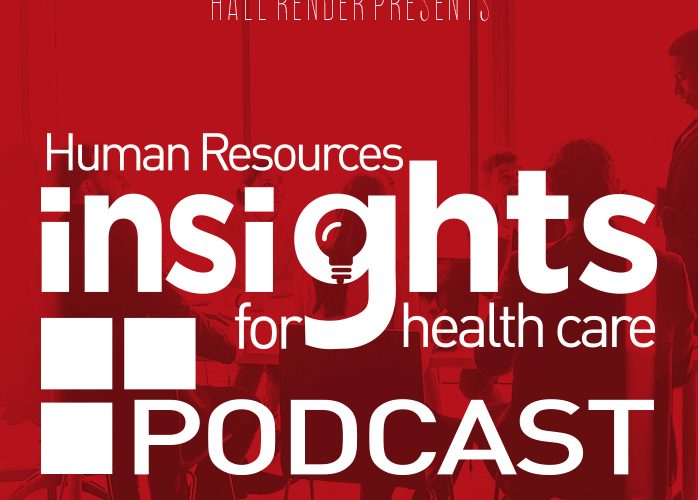COVID-19 and Federal Equal Employment Law Considerations
COVID-19 and Federal Equal Employment Law Considerations In this podcast, we talk about EEOC guidance a variety of accommodation and non-discrimination law, and how they apply during the COVID-19 pandemic. Podcast Participants Mary Kate Liffrig Attorney, Hall Render Dana Stutzman Attorney, Hall Render Episode Transcript Mary Kate Liffrig: Hello and welcome to Hall Render’s HR…
Read MorePodcast: Play in new window | Download
Subscribe: RSS

